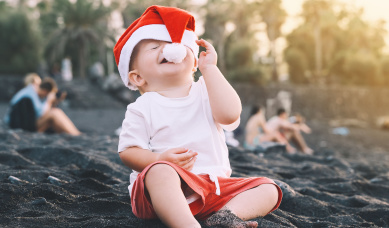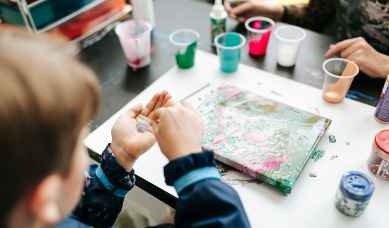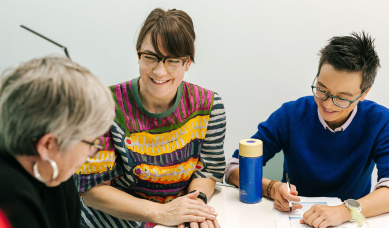What is Speech Pathology (Speech Therapy)?
Speech Pathology relates to the diagnosis, management and treatment of individuals who are unable to communicate effectively or who have difficulty with feeding and swallowing.
Speech Pathologists (or Speechies, as we like to call ourselves) do all sorts of things related to communication! We assess speech, language, literacy and non-verbal communication skills. We can help with communication difficulties such as speech clarity (articulation), stuttering, receptive and expressive language disorders, dyslexia and dysgraphia – and the best way to treat them.
How can Sum Of Us Kids Speech Pathologists help?
Autism and Social Communication
DIR Floortime
Hanen More Than Words
Stuttering
Lidcombe Program
Treatment for Developmental Language Disorder (DLD)
Colourful semantics is a therapy approach that is aimed at helping children to develop their grammar, but it is rooted in the meaning of words (semantics). Colourful semantics uses visual pictures and written words to help children how to formulate their own sentences.
The approach has 4 key colour coded stages. There are further stages for adverbs, adjectives, conjunctions and negatives.
- WHO – Orange
- WHAT DOING – Yellow
- WHAT – Green
- WHERE – Blue
Therapy for Dyslexia (Reading) and Dysgraphia (Spelling)
Sum of Us Kids speech pathologists are trained in the following, evidence-based, explicit and systematic literacy approaches:
- The Spalding Method
- Multisensory Structured Language (MSL)
Each of these approaches is a holistic, developmental approach that encompass all the vital components of literacy development including phonological awareness, letter/sound relationships, reading & language comprehension, fluency and spelling.
Speech Pathology FAQs
- physically produce the individual sounds and sound patterns of their language (articulation).
- produce speech without stuttering
- produce speech with an appropriate vocal quality for their age and sex.
When a child has trouble understanding other people (receptive language), or explaining thoughts, ideas and feelings (expressive language), this is a Developmental Language Disorder.
Receptive Language Disorder
- A receptive language disorder means that a child has difficulties understanding what is said to them. There is no standard set of features that indicate a receptive language disorder, as all children are different. However, symptoms may include:
- Not seeming to listen when spoken to,
- Parroting words and phrases,
- Unable to follow spoken instructions,
- Appearing to lack interest in storybooks read to them
Expressive Language Disorder
- An expressive language disorder means a child has difficulty using words to get their message across. Symptoms of an expressive language disorder may include:
- Making grammatical errors when talking,
- Using shorter, simpler sentences than children their own age,
- Being unable to ‘come to the point’,
- Having difficulty retelling stories in an organised way,
- Finding it hard to maintain conversations
- A clinical assessment of language will help pinpoint the specific areas of language that your child is struggling with, in order that we can best support them in these areas.
Children develop at varying rates in all sorts of ways, including language, so there is no ‘set age’ where every child should talk. However, rather than “wait and see” it is a good idea to seek professional advice, particularly if your child is between 18 and 30 months and appears to have problems understanding language, uses very few gestures to communicate and is slow at learning new words.
Research evidence suggests that approximately 50% of all early readers require additional literacy support outside of the classroom, in order to master reading. This does not mean that these children have dyslexia, but it does mean that they may struggle to keep up with school reading and writing expectations without additional support. In young children, literacy difficulties may present as a lack of interest in books and nursery rhymes and a difficulty learning (and remembering) letter names. Older children and adolescents with poor literacy skills may present with difficulties comprehending school texts, interpreting test and exam questions, or reading aloud fluently. It is vital to help children with reading and spelling as early as possible, as difficulties can lead to poor self-esteem and disengagement from schooling.








